Powder paint technology
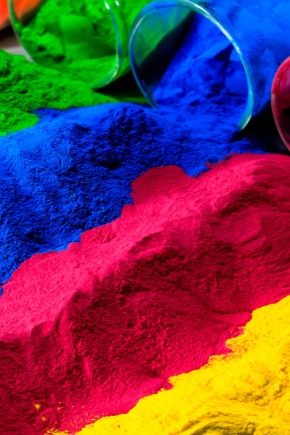
Powder paint is one of the latest advances made by the chemical industry for the benefit and convenience of consumers. Compared with classical formulations, it differs in a number of positive properties, but it also has certain disadvantages that you need to know.
Painting with polyester powders is used in everything from the construction and automotive industries to the creation of original decorative elements.
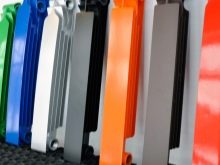
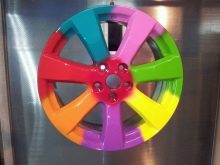
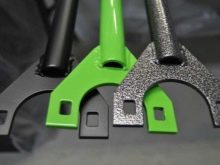
Peculiarities
Powder paint has a number of positive aspects and is becoming a popular alternative to traditional paint methods. The main working reagent here is dispersion mixtures of various substances, more precisely, solid particles. The elimination of the solvent from the paint composition gives it such advantages as complete environmental safety and zero risk of fire.
By changing the type of pigment and its concentration, the manufacturer can influence the adhesion level, flow rate and susceptibility to static electricity. The pigments in the powder product are the same as in cans or cans of liquid mixtures.
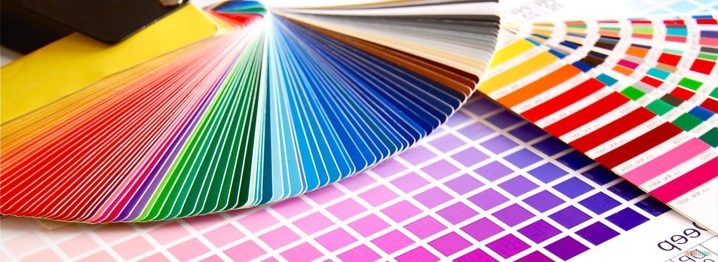
Types of surfaces
The chemical industry has mastered the production of powder paints for application to non-metallic surfaces, including MDF. If the base of the coloring composition is epoxy, deviations from the standard staining technique are absolutely unacceptable. Otherwise, color fastness and resistance to harmful weathering will be insufficient. But if all the requirements are met, the mechanical properties of the coating will be at the proper level. Unfortunately, epoxy paints can hardly be considered heat resistant.
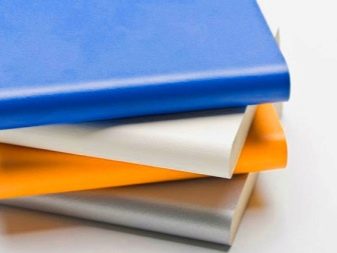
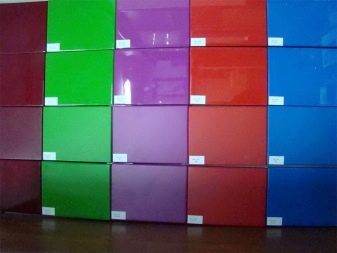
If you are looking for a finish that can be used outdoors and color retention is critical, polyester paint is worth using. When significant amounts of acrylate compounds are introduced into the dye mixture, the surface will be resistant to contact with alkalis. Its appearance can be both matte and glossy. It is these powder paints that are widely in demand at machine-building plants.
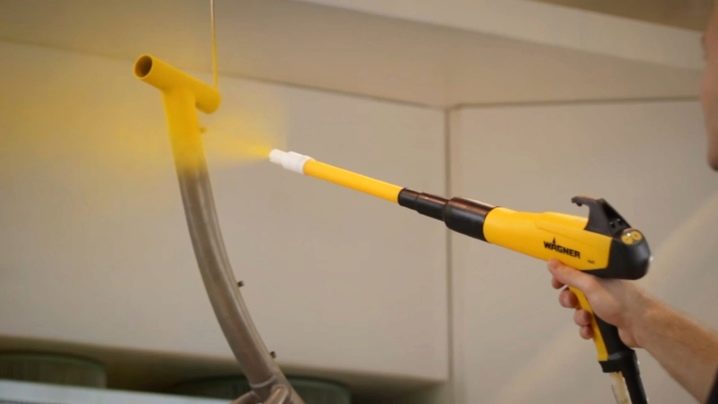
The low-temperature variety of the dye mixture turns out to be more and more in demand from year to year, but so far the technologies have not yet been developed enough to gain massive popularity. Polyurethane grades are characterized by a stable gloss and are mostly used to paint parts that are constantly subject to friction or heavy wear. Their appearance is similar to silk, chemical inertness is very high. Such formulations are not afraid of any weather conditions, or automobile fuel, or mineral oil.
Note that this paint cannot be removed with standard household solvents.
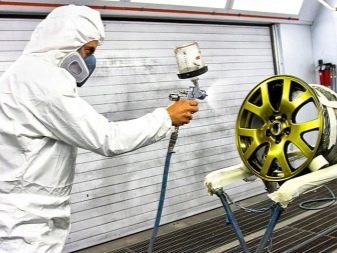
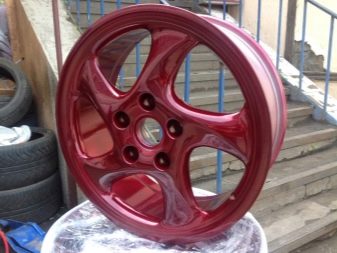
Plasticized PVC powder paints are soft like rubber. The cover layer is less susceptible to water even with the addition of detergents and, when applied to wire baskets in dishwashers, remains presentable for a long time. The carefully selected composition allows the paint to be used in contact with food and drugs.
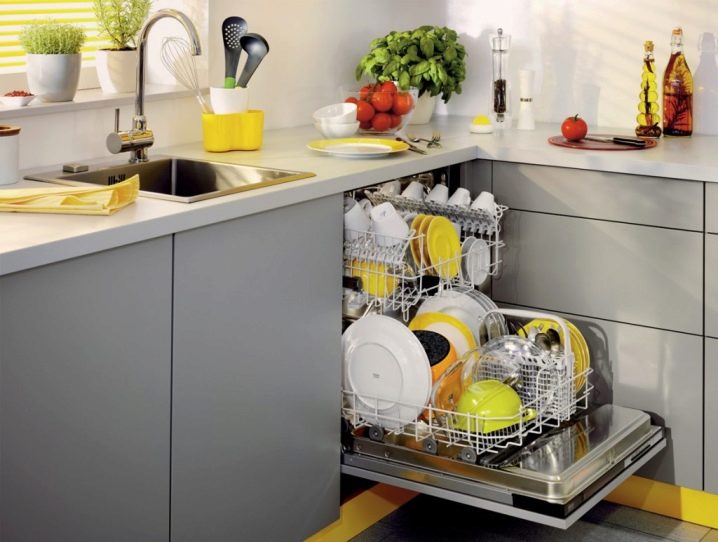
If electrical insulating properties are needed first of all, polyvinyl butyral is used as a base. Paints created with its use can play both a protective and a decorative role. The coating is resistant not only to electric current, but also to gasoline and abrasion.Mixes of this kind are preferable for the interior decoration of industrial facilities.
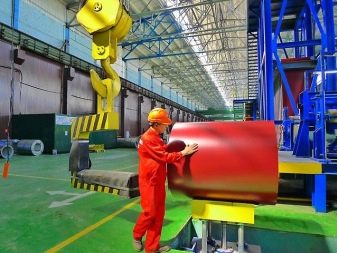

The antistatic properties can be selected quite flexibly. Technologists influence them using various additives, providing for certain processing modes, as well as synthesizing film-forming agents with target parameters.
Epoxy-polyester paint is considered to be thermosetting and mechanically resistant at the same time. But remember that ultraviolet rays can damage it. The chemical industry has also mastered the production of fluorescent dyes. Therefore, the choice of products is huge, but you should carefully read the composition of the paint before buying.
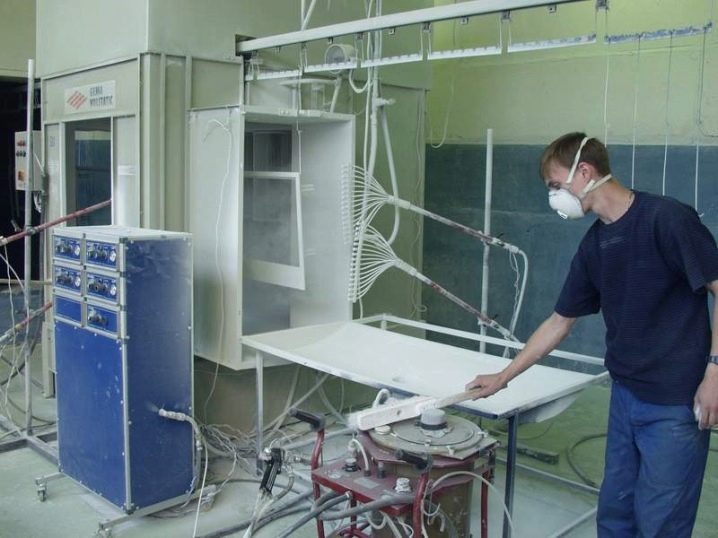
Composition
Paints containing polymer components necessarily also contain a pigment; together with the polymer, the dye forms the basis of the coloring material. Other substances are also attached to the basic components, with the help of which the desired characteristics are provided. Acrylates are often added, special resins with which the paint forms better films.
Additives can also be used to accelerate the curing of the coating, give it a variety of colors and improve the overall appearance. Compounds of titanium and aluminum with oxygen are taken as fillers.

The conclusion is simple: excellent properties of powder paint are achieved with a minimum hazard class (toxicity)... People, pets and plants will not be affected at all when using these dyes.
All components of polyester paint have excellent flow properties, particles do not stick to one another and do not stick to various foreign objects. You do not need to use special additives to dissolve the composition.
The powder will not become too thick or lose its original consistency.

The technical properties of powder paints are quite good, most often they are applied electrostatically. If it is necessary to guarantee mechanical strength and stability, you can use not only epoxy components, but also mirror chrome, which is less susceptible to ultraviolet light. Epoxy mixtures have operating temperatures from - 60 to 120 degrees, the initial dielectric parameters are very significant. Taking vinylite as a base, powder paint is obtained strictly for internal work, but it can withstand moisture at normal temperatures, and there is no need to form a thick layer.
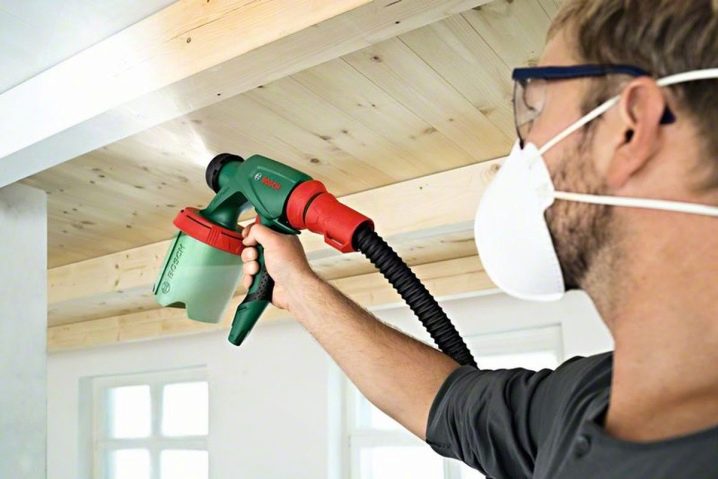
Polyester-urethane blends are chemically formed by combining hydroxyl-containing polyesters with blocked polyisocyanates. The optimum operating temperature for forming the coating is approximately 170 degrees. The thickness of the layer to be created is strictly limited; it must correspond to the range from 25 to 27 microns. Polyester-urethane paint allows you to simultaneously achieve hardness, resistance to caustic substances, excellent resistance in all weather conditions. The surface retains its qualities under the influence of weak solutions of acid, mineral salts, hydrocarbons.

In practice, polyester-urethane powder paints are used for anticorrosive protection of sports and agricultural equipment, housings of air conditioners and other electrical apparatus, car parts and furniture. The widespread use of such coatings is possible due to the fact that they are not very dangerous. Note that it is impossible to paint plastic with a powder method, because a heating of at least 150 degrees is a prerequisite.

Palette
Powder paint can have any shade and shine, both glossy and matte varieties are available. The technology allows you to make a multi-color paint composition or metallic, to form a hammer surface and create reliable protection for the facade of the building.
- Specific color - white, black, gold - given through the use of various pigments and changes in their concentration.It should be borne in mind that paint of a certain color can only be contained in one container, and during work you need to immediately decide what kind of tone you want to create.
If a bronze color is chosen, then you will not be able to change your mind.
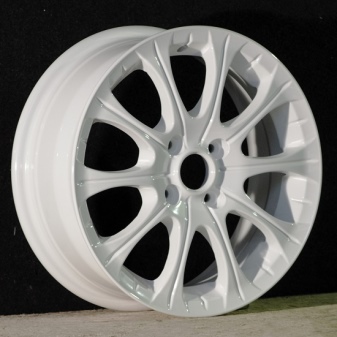
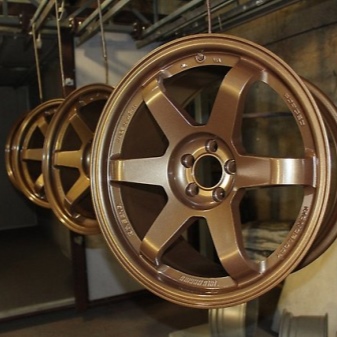
- Glowing Powder paint gets its unique look thanks to the use of phosphor, it requires any light source to charge it. This design element is readily used by designers when you need to decorate an inscription, a large logo and many other items.
For household purposes, paints with phosphors are applied to car wheel rims, concrete, clothing, various stickers, glass and many other things. In a big city, it is not so rare to see a car with wheels painted with glowing powder paint, passing by a billboard of the same design.
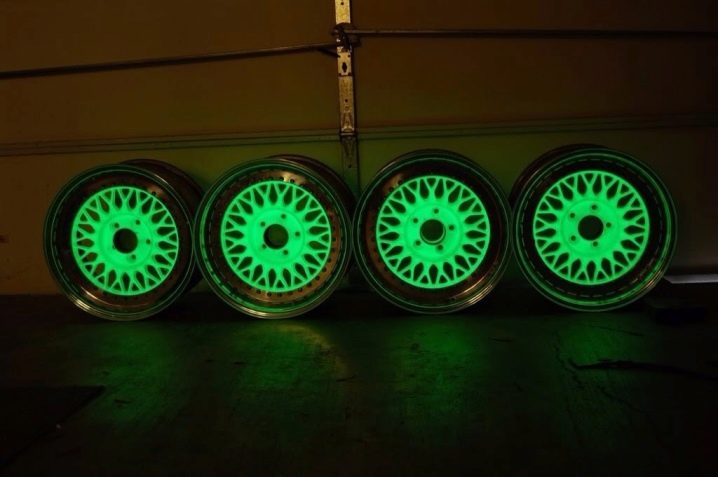
- To form a pronounced texture, reminiscent of an orange peel, powder cured paints triglycidyl isocyanurate, the base component of such formulations is various carboxyl-containing polyesters. It is necessary to heat the original components to a lower temperature than polyester-urethane paints.
The advantage of such compositions is the ability to paint sharp edges and edges without sagging. Resistance to weather factors, light and mechanical stress is above average. But in terms of protection against caustic substances, paint based on TGIC is somewhat weaker than polyester-urethane.
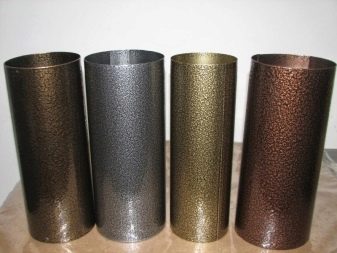
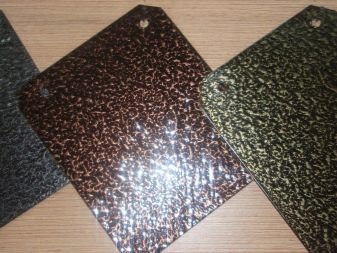
Subtleties of application
Now you know how the selection of powder paint should take place, and in what cases you can use one or another type. But not only the right choice is important, you should also take into account the specifics of the workflow.
In most cases, powder paint is applied electrostatically. Powder particles are given a charge opposite in sign to the charge of the surface to be painted. As a result, they are attracted to the substrate and form a relatively thin layer. The spray chamber is able to capture the powder that does not adhere to the surface and reapply it.
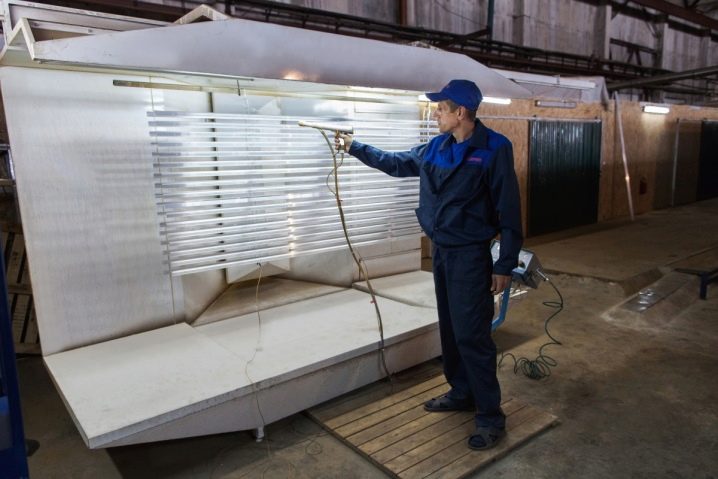
But it is not enough just to apply powder paint, it also needs to be baked inside a special apparatus. The coating will polymerize under the influence of high temperatures. Thermoplastic paints are made up of substances that melt and then cool without any chemical reaction. It is very important to strictly observe the specified temperature regime to obtain a stable result. Thermosetting types of paints are much better, because the coating will not melt or dissolve, but it obliges to extremely strictly comply with the requirements for the painting itself.
Regardless of the formulation of the coloring composition, metal parts must be prepared (cleaned and degreased), and the powder layer itself must be very thin.
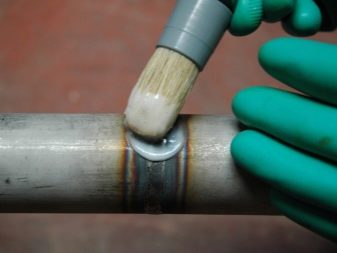
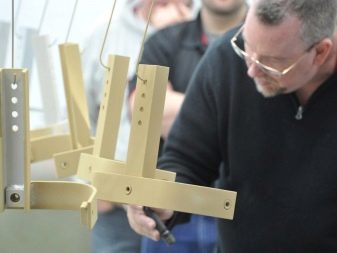
In professional workshops, you can imitate brass, copper, gold or aged metals. Obtaining the same result at home is impossible, because not only special equipment and carefully selected formulations are required, but also a well-trained specialist or even several craftsmen. Powder paint cannot be applied to wood because the substrate will not be able to withstand the required heat.
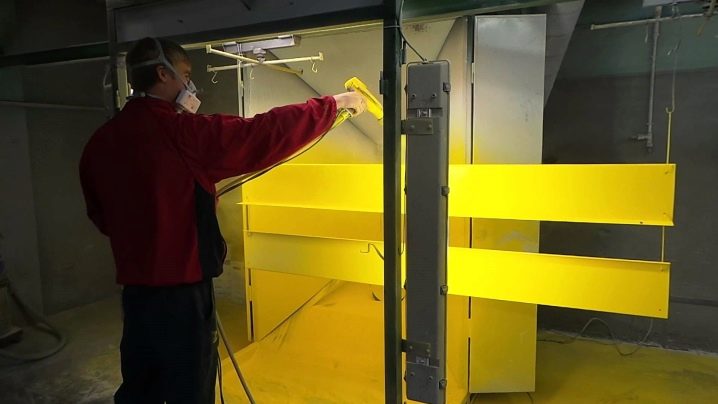
Mixing dry components is the main technique used in the preparation of thermoplastic compounds. The need for expensive equipment is minimal, and the labor intensity of the work is low. But it is quite difficult to obtain stable (structured and non-flaking) mixtures that can be stored stably without fear of violation of the proportions between the components. If you mix basic reagents already in molten form, you will have to spend more time and use more sophisticated equipment, but the risk of getting a bad result is much less.

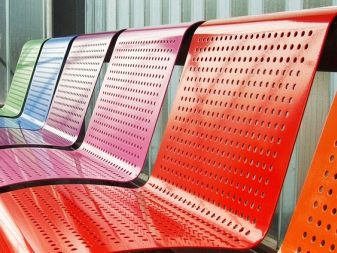
Manufacturers
Powder paint is produced by dozens and even hundreds of companies, but only a few produce really high-quality and reliable goods.So, judging by the reviews, the products of the companies Pulver and Savipol It has excellent physical and chemical properties and can be applied in a variety of ways. Dyes from the Yaroslavl powder paints plant are not the only domestic option. In the Russian market, there are also dye mixtures produced in Gatchina, in the Moscow region, Ufa.

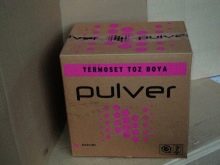

Leading enterprises, including Pulverit and Tiger, German concerns and the Turkish industry produce good products that can be reliably applied to a variety of metal substrates. Chinese and Finnish products are also presented on the Russian market. Belgium, England and other importing countries are noticeably inferior to the leaders of the rating.

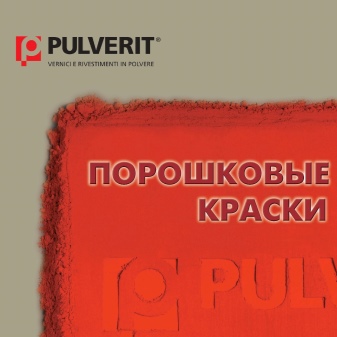
Having bought powder paint from any of the leading manufacturers, you can confidently paint aluminum and chrome products with it, replace the usual silver paint. Both in the design of facades and in the production of industrial products, dyes of any well-known brand show themselves from the best side. Almost all factories have an imitation of antique copper objects in their assortment, which looks exquisite and luxurious, and the harmfulness of even the most luxurious coatings is minimal.
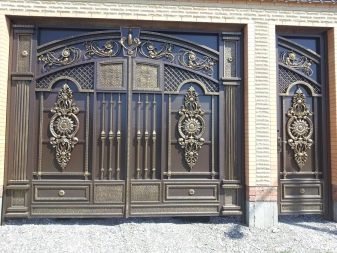
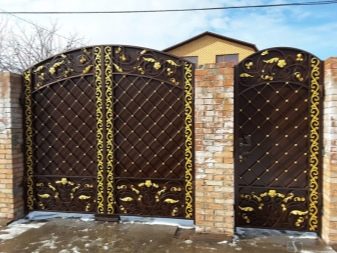
For information on how to use powder paint at home, see the next video.













The comment was sent successfully.